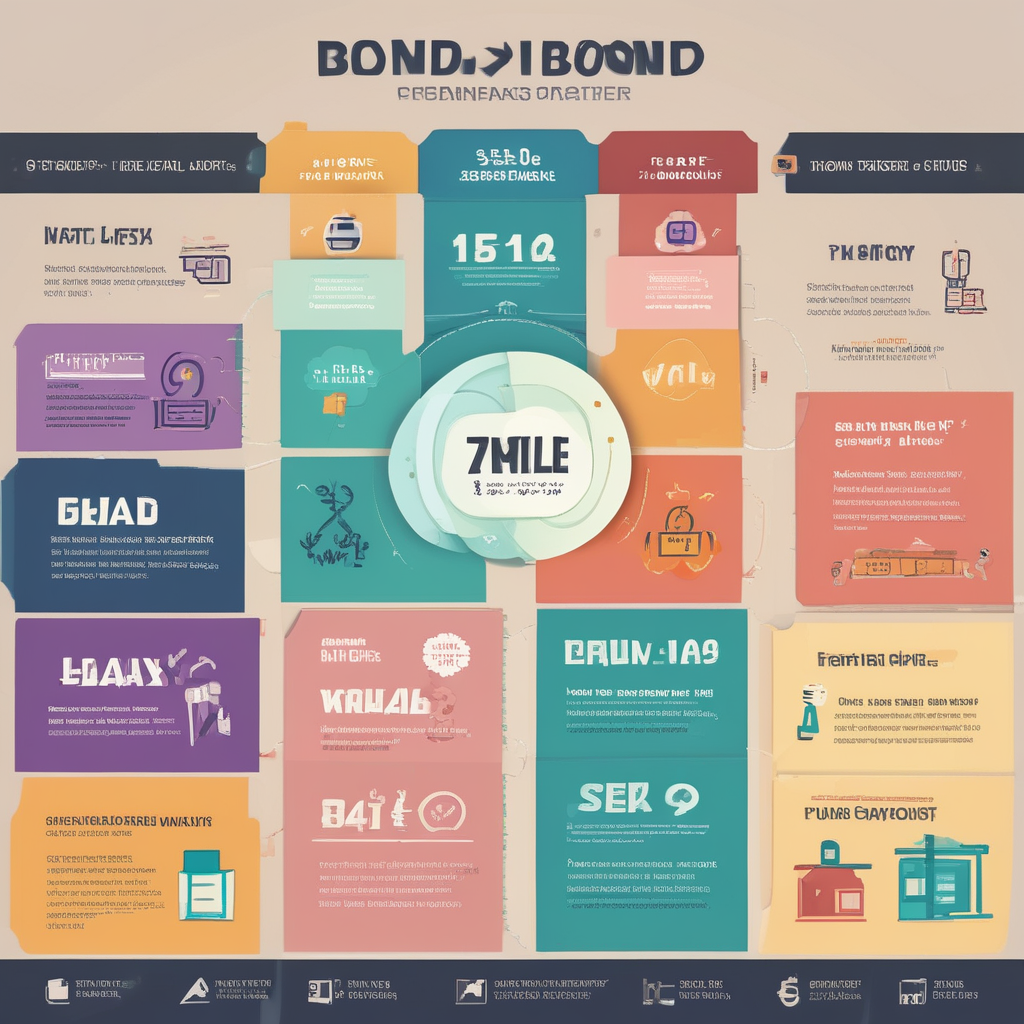In the world of investing, bonds and fixed income investments play a crucial role in building a balanced and diversified portfolio. These investments offer a predictable stream of income and can help mitigate risk, making them an attractive option for many investors. Whether you’re new to investing or looking to expand your financial knowledge, understanding the basics of bonds and fixed income investments is essential. This guide will cover key concepts, types of bonds, and strategies to make the most of these investments.
What Are Bonds?
1.1. Definition
A bond is essentially a loan made by an investor to a borrower, typically a corporation or government entity. In exchange for the loan, the issuer agrees to pay periodic interest payments, known as the coupon, and return the principal amount (the face value of the bond) at maturity.
1.2. Key Components
- Face Value: The amount the bond will be worth at maturity, typically $1,000 per bond.
- Coupon Rate: The interest rate paid by the issuer, usually expressed as a percentage of the face value.
- Maturity Date: The date on which the bond will mature and the principal amount will be repaid.
Types of Bonds
2.1. Government Bonds
Issued by national governments, these bonds are considered low-risk investments. Examples include U.S. Treasury bonds, bills, and notes. They are backed by the government’s credit and are often used as a safe haven during market volatility.
2.2. Municipal Bonds
Issued by state or local governments, municipal bonds are used to fund public projects like schools or highways. They often offer tax-exempt interest, making them attractive to investors in higher tax brackets.
2.3. Corporate Bonds
Issued by corporations, these bonds carry higher risk compared to government bonds but typically offer higher yields. The risk level depends on the financial health of the issuing corporation.
2.4. High-Yield Bonds
Also known as junk bonds, these are issued by companies with lower credit ratings. They offer higher interest rates to compensate for the increased risk of default.
2.5. Convertible Bonds
These bonds can be converted into a predetermined number of the issuer’s shares of stock. They offer potential upside through stock conversion while providing fixed income.
How Fixed Income Investments Work
3.1. Regular Interest Payments
Fixed income investments provide regular interest payments, which can be particularly appealing for investors seeking steady income. These payments are typically made semi-annually or annually.
3.2. Principal Repayment
At maturity, the investor receives the original investment amount, known as the principal, back. This makes fixed income investments a relatively safe way to preserve capital while earning interest.
3.3. Interest Rate Risk
Bond prices are inversely related to interest rates. When interest rates rise, bond prices typically fall, and vice versa. Investors should be aware of this risk and consider it when selecting bonds for their portfolio.
Benefits of Investing in Bonds
4.1. Predictable Income
Bonds provide a predictable income stream through regular coupon payments, which can be useful for retirees or those seeking stable cash flow.
4.2. Diversification
Including bonds in your investment portfolio can help diversify risk. They often behave differently from stocks, providing a hedge against market volatility.
4.3. Lower Risk
Compared to equities, bonds generally offer lower risk and can provide stability during market downturns. Government and high-quality corporate bonds are particularly known for their relative safety.
Strategies for Investing in Bonds
5.1. Laddering Strategy
Bond laddering involves buying bonds with different maturities to spread out interest rate risk and ensure a steady stream of income. As bonds mature, the proceeds can be reinvested in new bonds.
5.2. Diversification Across Bond Types
Diversify your bond investments across different types of bonds, such as government, municipal, and corporate bonds, to balance risk and return.
5.3. Monitor Credit Ratings
Keep an eye on the credit ratings of the bonds you invest in. Higher-rated bonds generally have lower risk, but also lower yields, while lower-rated bonds offer higher yields but come with increased risk.

